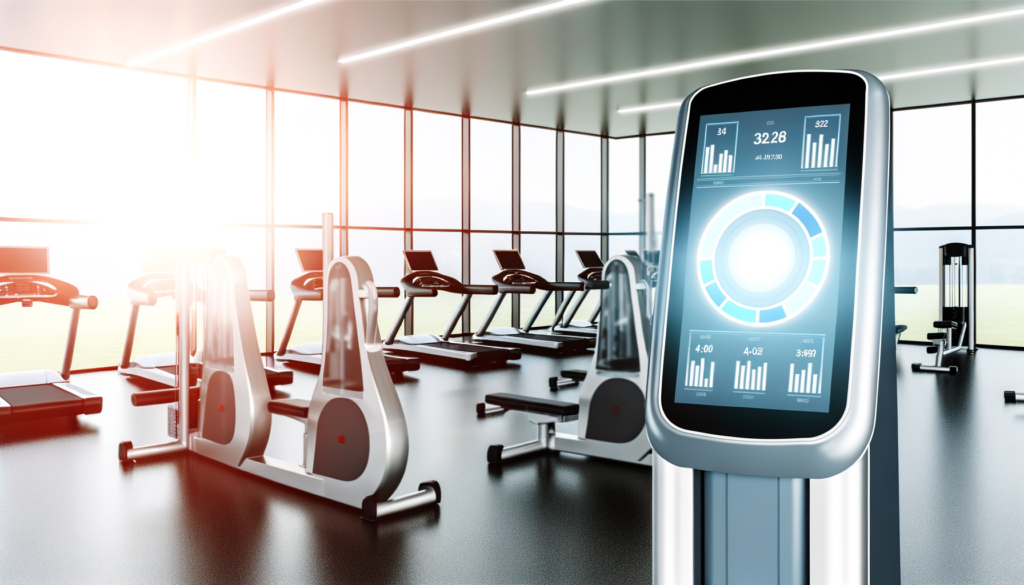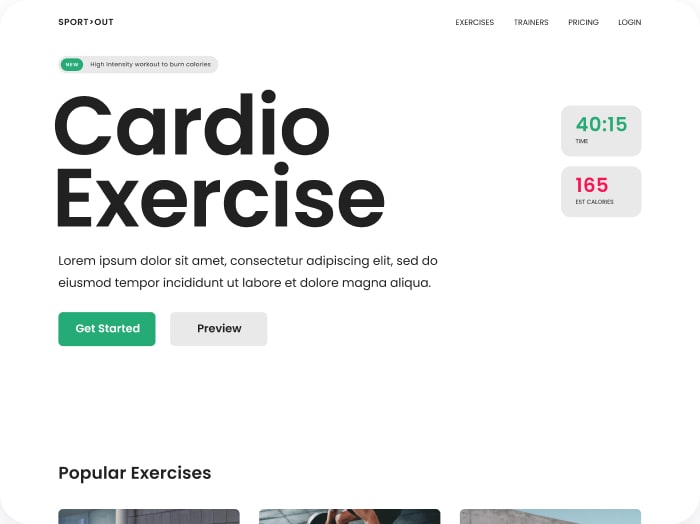Space travel poses a myriad of challenges for both space agencies and astronauts. One of the most significant concerns is ensuring the health and well-being of crew members during extended missions, particularly in deep space where cosmic ray exposure and space radiation are elevated compared to Earth or low-Earth orbit. This exposure can have profound effects on both astronauts and the food they consume, necessitating the development of radiation-adaptive diets tailored to mitigate these impacts.
Understanding Cosmic Ray Impact on Space Nutrition
Cosmic rays, comprised of high-energy particles from outside the solar system, pose a significant threat to both astronauts and the food systems in space. These particles can cause oxidative stress and damage to the body’s cells, leading to concerns about nutrient degradation and health implications during long-duration space missions.
Impact on Food Systems
Research has shown that while some nutrients may remain stable under simulated cosmic ray exposure, the long-term effects on food systems need further investigation. For instance, a study at the NASA Space Radiation Laboratory found minimal immediate impact on certain nutrients after exposure to simulated galactic cosmic rays (GCRs). However, small changes in a few nutrients were noted after a year of storage, indicating potential long-term effects on food stability and nutritional content.
Physiological Changes in Astronauts
Space flight itself causes a range of physiological changes, including bone loss, muscle atrophy, and cardiovascular issues. These changes are exacerbated by the microgravity environment and radiation exposure, which can lead to nutrient deficiencies and gastrointestinal issues. Astronauts also experience hormonal imbalances and increased iron levels due to reduced body volume, necessitating careful dietary planning to maintain health.
Adapting Diets for Space Radiation Exposure
To address these challenges, space nutrition research focuses on developing diets that can counteract the negative effects of space radiation and microgravity. This includes optimizing nutrient intake, ensuring adequate vitamin D levels, and managing hydration. Astronauts use tools like the ISS Food Intake Tracker to monitor their dietary intake and adjust as necessary.
Strategies for Radiation-Adaptive Diets
- Nutrient Optimization: Ensuring a balanced intake of macronutrients and micronutrients to maintain energy levels and support physiological functions. This includes a focus on antioxidants to combat oxidative stress.
- Food Selection and Preservation: Choosing foods that are resistant to nutrient degradation under radiation and using preservation methods that minimize loss of nutritional value. This often involves using shelf-stable products and packaging technologies designed for space environments.
- Monitoring and Feedback: Regularly assessing nutritional status through blood and urine tests to identify any deficiencies early. Tools like the Nutritional Status Assessment Supplemental Medical Objective are crucial for this purpose.
Real-World Applications
In practice, space agencies like NASA and ESA have implemented comprehensive nutrition programs for astronauts. These programs include dietary planning, food supply management, and monitoring of nutritional health during missions. Companies like Lockheed Martin and Boeing also play a role in developing food systems for space missions.
For instance, during missions on the International Space Station (ISS), astronauts use an iPad app to track their food intake, ensuring they meet their nutritional needs despite the challenges of eating in microgravity. Meanwhile, companies like Nestle and Kraft Heinz provide insights into food technology and preservation techniques that can be applied to space nutrition.
Future Directions in Space Nutrition
As space travel extends further into the solar system and beyond, the need for advanced nutrition strategies becomes increasingly critical. Future missions to Mars and beyond will require sustainable food systems capable of withstanding prolonged exposure to cosmic radiation.
Emerging Technologies and Innovations
- In-Orbit Food Production: Developing technologies to produce food in space, such as hydroponics and aeroponics, which can provide fresh produce and minimize reliance on pre-packaged foods. Companies like AeroFarms are pioneering this field.
- Radiation-Resistant Food Packaging: Innovations in packaging that can protect food from radiation-induced nutrient degradation, ensuring that food remains nutritious throughout long missions.
- Personalized Nutrition: Using advanced analytics and AI to tailor diets to individual astronauts’ needs, taking into account their specific health status, dietary preferences, and mission requirements.
Collaboration and Research
The development of effective space nutrition strategies requires collaboration between dietary experts, food technologists, and space agencies. This collaboration can lead to the creation of radiation-adaptive diets that not only support astronauts’ health but also enhance their performance during missions. For instance, universities like Harvard University and Cornell University are involved in research on space nutrition, contributing to a broader understanding of how to mitigate the effects of space radiation on human health.
Conclusion and Next Steps
In conclusion, integrating cosmic ray exposure into dietary planning is crucial for ensuring the health and success of astronauts on long-duration space missions. By understanding the impact of space radiation and developing strategies to counteract it, space agencies and researchers are paving the way for sustainable interstellar travel. For those interested in exploring more about personalized nutrition and health calculations, tools like the Calorie Calculator Cloud can provide valuable insights into dietary needs, similar to the precision required in space nutrition.
As space travel continues to evolve, the integration of nutrition science with space technology will become increasingly important. By leveraging innovations in food production, preservation, and personalized nutrition, we can ensure that astronauts remain healthy and perform optimally, even in the face of challenging cosmic environments. Whether you’re an astronaut or a fitness enthusiast, understanding the interplay between diet and environment is key to achieving optimal health outcomes. For more information on how to optimize your diet for specific health goals, explore the Calorie Calculator Plans and discover how precision nutrition can enhance your well-being.








